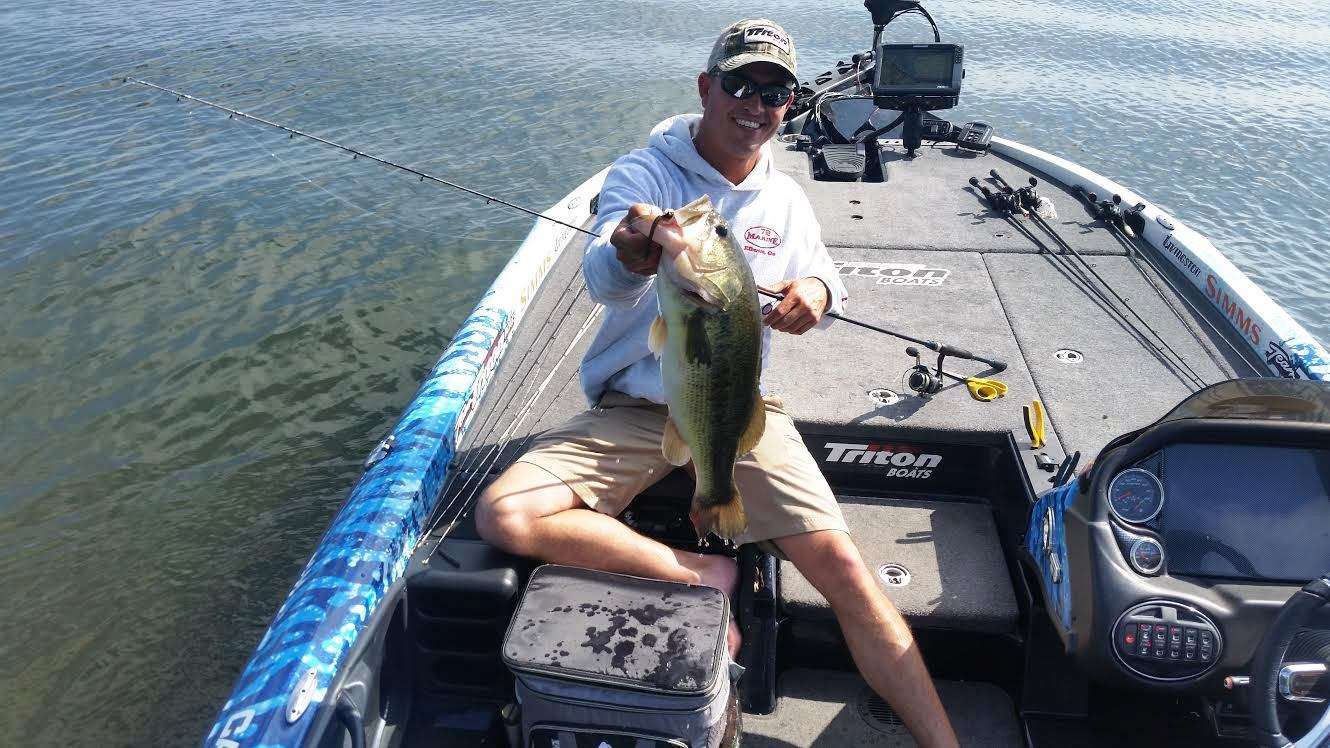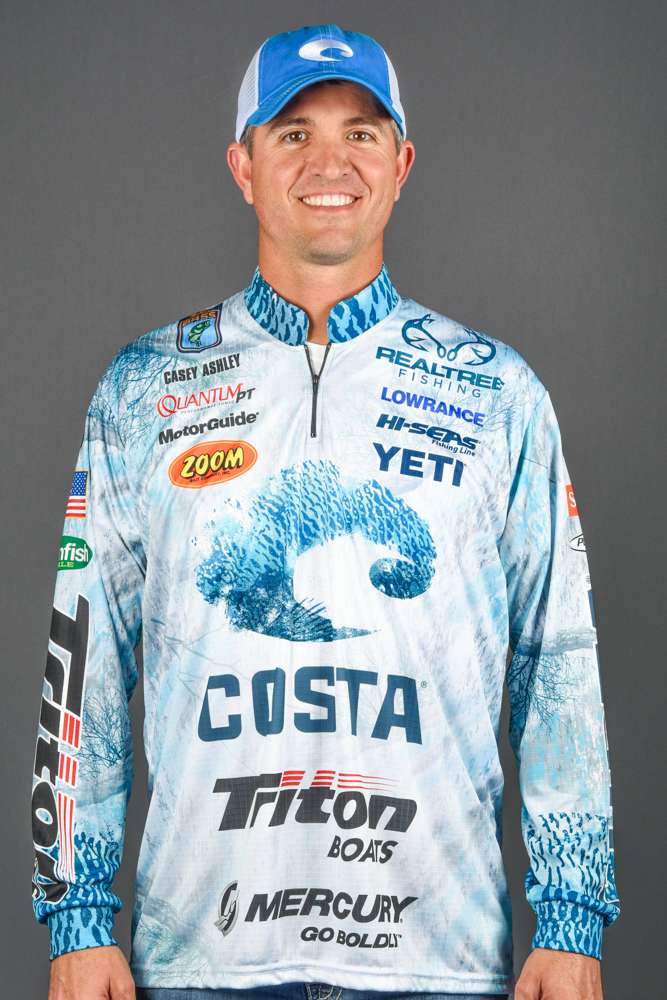
In tournament fishing, the clock’s always working against you. Either you figure out the fish in the time you have, or you don’t.
But that’s not always the full picture. For example, this is my favorite time of year and even though I finished just outside the check cut on Toledo Bend, I know this time between the postspawn and the fish’s offshore move is a great time to catch a big bag.
This year’s a little different because a lot of the country has had high water and that has prolonged the postspawn deal. When the water gets really high, the fish won’t spawn; they wait until it stabilizes.
Therefore, they stay shallow longer and then the postspawn/shad spawn deal lasts into the early part of summer.
Last week at Toledo Bend was a good example. The majority of fish should have already moved offshore, but a lot of the guys did well in the shallow water. I think KVD was the only one who fished offshore for the whole tournament.
When this happens, it throws a wrench in your plan, and you have to account for the fact that a lot of fish will stay shallow because they have plenty of cover.
Once conditions stabilize and the fish start moving toward their offshore spots, they’ll spend a little time in their transitional spots somewhere between their immediate postspawn areas and their offshore sites.
Everybody thinks it’s tough to catch them, but if you get a bait in front of a fish, he’ll eat it. The problem is that they’re so scattered. Some are still shallow, some have made it offshore to their normal summertime patterns and some are in between.
Those fish that are in between are so hard to catch.
Occasionally, you’ll find a spot that’s just loaded and then you can do really well. That’s what happened with Takahiro Omori on Lake Wheeler. He found a little sweet spot that was in between the shallow water cover and the main offshore ledge.
He found where the fish were staging on that in-between zone. That kind of spot is super hard to find, but when you do find it, it’s a gold mine.
So, in this type situation when the spawn has been prolonged and all the fish are in between, you’ll catch fish in places where you normally wouldn’t catch them. But when you find them, there will be a boat load of them.
I remember doing this back in 2014 during BASSFest on Lake Chickamauga. We had an extended spring and the water stayed cold for a long time. It was early June and there were still some leftover spawners.
I finished seventh in that tournament by fishing in the little transitional creeks and canals running from the spawning flats to the main river. I never saw another boat; I had it all to myself. That’s an example of when you do find ‘em, it’s a sweet thing because nobody else is around.
I caught those fish on a Pop-R and a jig, but I caught cruising fish on a wacky worm. In that scenario, I relied heavily on my Costa Fantails with the copper lenses to spot the fish moving down the bank and make accurate casts to them.
Here are a few more examples of where I look for fish during the postspawn transition:
In normal postspawn situations, the first thing you want to look for is a shad spawn. Look for birds standing on the bank and or on docks because they are indications the shad spawn is happening. My No. 1 shad spawn baits are a white swim jig with a white Zoom Super Chunk and a Livingston Walking Boss topwater.
I also like the secondary points outside spawning flats and bays because the fish will set up there before they reach the main lake to indulge on the shad spawn. If the shad spawn is over, the fish will still hang on those secondary points where they’ll feed on bream and crawfish before heading out to the main river channel.
These secondary points give the fish somewhere to stop with deep water nearby. Most of the points have brush, stumps and other structure, so they have everything a fish needs.
Lastly, I’ll look for blowdowns and docks — any secondary structure that’s actually in the spawning flats and bays. The fish look for something that provides shade and cover to hold bait, whether it be shad or bream.
On the points, blowdowns and docks, I like bream colored jigs — green pumpkin, brown, black/blue, depending on the water color. With these colors, you’re really killing two birds with one stone because it could be a crawfish or a bream.
For all my postspawn fishing, I throw a green pumpkin Zoom Super Chunk trailer. I like the Super Chunk during postspawn because it’s a little bigger profile. Those big fish may not eat as often, so when they do, they want to eat something pretty big.

